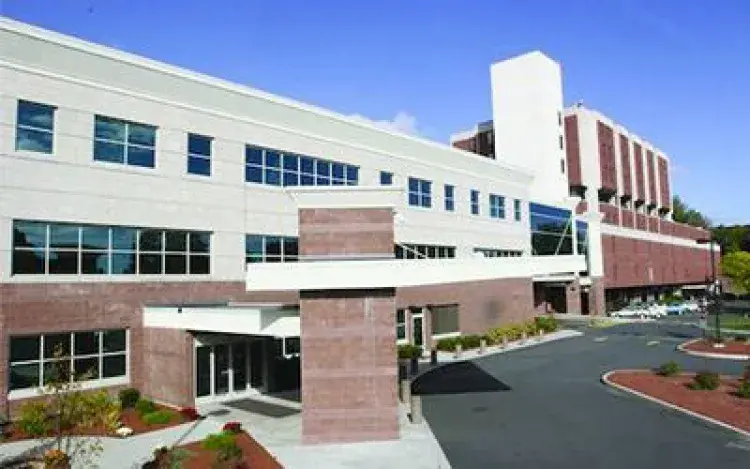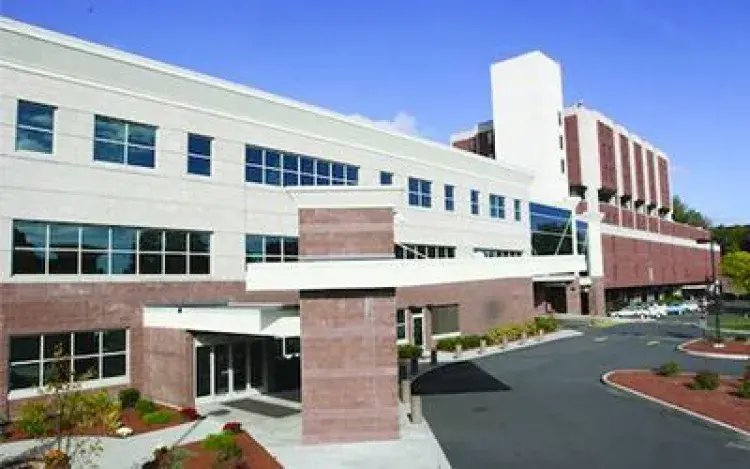
From Failure to Success
Case Study

The Challenge
On New Years Eve, as the clock tolled midnight and 2012 began, US Acute Care Solutions officially assumed management of Bristol Hospital emergency department. As in other contracts, key metrics for Bristol Hospital, including Left Without Being Seen (LWBS) rates and arrival to provider times, were in need of substantial improvement.
Before we took over, the left without being seen (LWBS) rate was over 3.5%, arrival to provider time was consistently above 50 minutes, and length of stay for discharged patients could reach to more than 4 hours. Perhaps worst of all, many residents of the surrounding community had lost faith in their ability to receive prompt, quality care there. As a result, Bristol Hospital itself was suffering, both in terms of lost revenue and in its reputation as a provider of quality healthcare.
After an extensive proposal and review process, the hospital chose USACS to replace its outgoing ER group, passing over 10 other competitive groups, including some with national reach and hundreds of hospital contracts. Within months of taking over, it was clear why.
The Solution
FOCUS ON LEADERSHIP
From the moment we took over management, and for many months prior, our top leadership and executive teams were on the ground in Bristol. Everyone, including the company’s CEO and other executives and senior partners, traveled to Bristol. They went not just to assist in the management transition, but to work clinical shifts and model a different way of practicing to the department’s existing staff.
Instilling a new and unique culture into a new emergency department is often crucial to success, so much so that many senior partners continued to travel to Bristol even a year later to ensure that it thrived. In addition, we retained an extraordinary leader in Dr. Craig Mittleman, who was chosen to stay on as the Director of Emergency Medicine. Together with Dr. Mittleman, we continue to develop leaders through countless hours of training, monthly leadership academy meetings, weekly conference calls, and sometimes even daily phone meetings amongst leadership. Leadership training extends to the nursing staff and physicians’ assistants as well, with a robust Advanced Practice Practitioner education program that trained an unparalleled, experienced team to deliver exceptional care.
Figure 1: Percentage Left Without Being Seen
PRACTICE MANAGEMENT
USACS is able to approach each hospital it serves with a focus on relationships and patient care, while applying exceptional practice management, data analysis, and management skills not seen by even the largest ER groups. Using robust, top of class technology solutions, we are able to provide advanced tools such as real-time provider feedback on utilization, same-day intelligence on patient satisfaction, and improved risk management through superior, real-time data analysis.
These tools support our culture of being a data-driven organization, understanding that what gets measured gets managed. The proof? In just one example, we were able to decrease LWBS patients to just 0.1% on average, providing a large financial benefit to our hospital partner.
TACKLING CHRONIC PAIN
Every group promises quality - but they don’t always deliver. One major obstacle to improving quality at Bristol Hospital was the impact of patients suffering from chronic pain on the emergency department. We believe chronic pain is best treated by pain management specialists, so working with hospital partners, the Emergency Department began referring select patients to specialists, rather than continuing to treat them on a monthly basis. This change brought about reductions in the number of patients seeking chronic pain control.
The Results
95 % PATIENT SATISFACTION SCORE
AWARD-WINNING PATIENT SATISFACTION
Bristol Hospital’s improved patient satisfaction scores tell this story better than any description could - except perhaps Kevin Dix, who took his daughter to the ER a few months after we assumed management. In a letter to the editor of the local newspaper, Kevin wrote that the difference between this visit and one prior to the takeover was like night and day. “I am heartened by the renewed feeling that, should we find ourselves in need of emergency care again, we have a local hospital not only ready, willing, and able to be there for us but one that puts patient care over its own best interests.” The new culture of compassion, integrity, and trust has not only led to letters like these, but to two separate awards from Press-Ganey for outstanding improvement in patient satisfaction.
Figure 2: Arrival to Provider Time (in Minutes)
Figure 3: Length of Stay (in Minutes)
THE HIGHEST STANDARDS
We instituted processes at Bristol to decrease patient wait times, work patients up, and, if not admitted to the hospital, significantly decrease the amount of time patients stay in the Emergency Care Center (see Figures 2 & 3, above). A top executive of Bristol Hospital stated that that USACS has “greatly increased accountability throughout the hospital, by holding themselves to such high standards.” The new peer review process, meanwhile, has been adopted for use throughout the hospital.
CONSTANT IMPROVEMENT
There is continued improvement at Bristol Hospital throughout every aspect of care, working as a close partner to the hospital administration every step of the way. Through its leadership, practice management, and quality improvements, we strive to continuously improve everything we do, to the benefit of our patients, the hospital, and the surrounding communities we serve.
NEW PARTNERSHIPS
NEW OPPORTUNITIES
If you’d like to explore all USACS can offer your facility and join our nationwide network of partners, contact us today.
